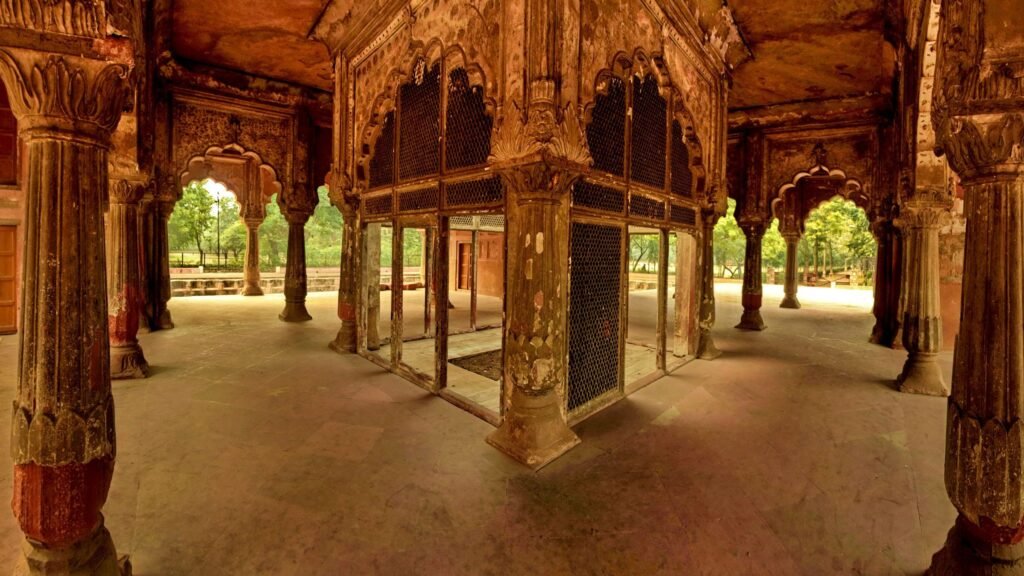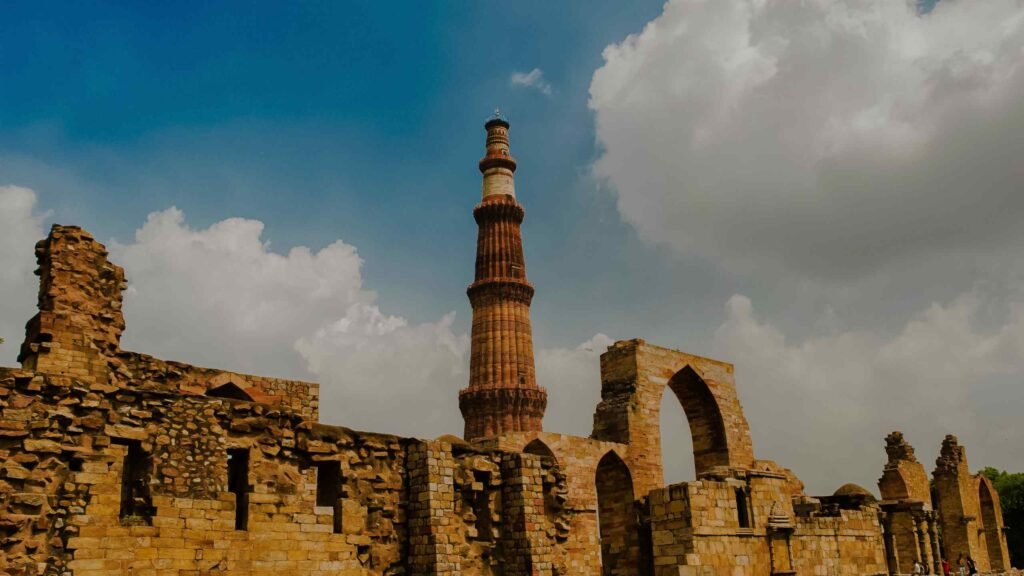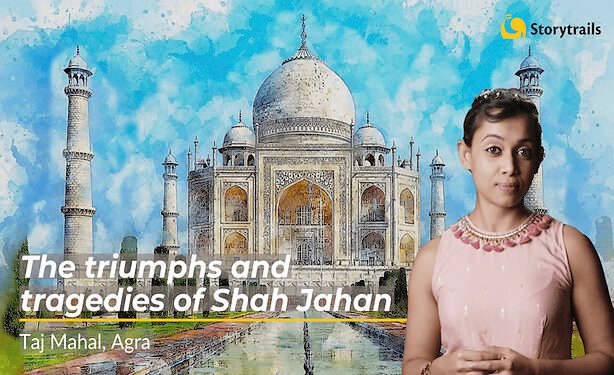Alauddin Khilji was the second king of the second dynasty of the Delhi Sultanate (r.1296–1316). He killed his mentor – his own uncle and father-in-law – to seize the throne. He took prisoners of war only to trample upon them with elephants. He imposed the Jizya tax on non-Muslims. He planned to create his own new religion. He had the skulls of enemy soldiers embedded on his fort walls. He had a whole colony of immigrants executed because some residents plotted a coup. He beheaded petty criminals and publicly displayed their heads at Chor Minar… Stories of bizarre behaviour abound: some apocryphal, many factual. Indeed, Alauddin had a mad streak, but there was method in his madness. He was ruthless, but not reckless. And that was how he vanquished the Mongols.
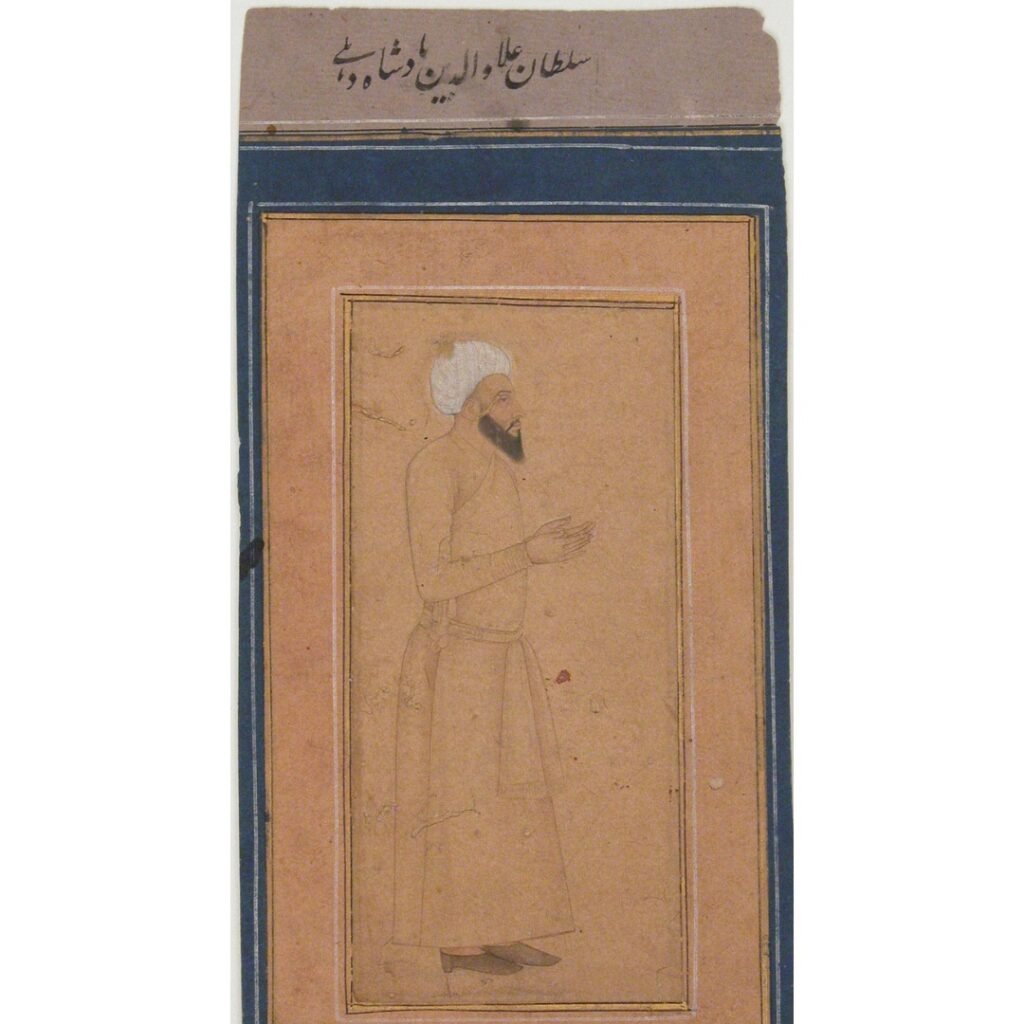
Two Asian empires were born in 1206: the Delhi Sultanate and Genghis Khan’s Mongol Empire. The Delhi Sultanate gradually expanded to cover large parts of north India. The Mongol Empire grew rapidly to encompass nearly 25 million sq.km from Korea to Romania. Powerful kingdoms had only two options when the dreaded Mongolians advanced: hand over everything of value, or face complete destruction. Yet, one question puzzles historians: why could the Mongols never conquer Delhi, despite the city being within striking distance?
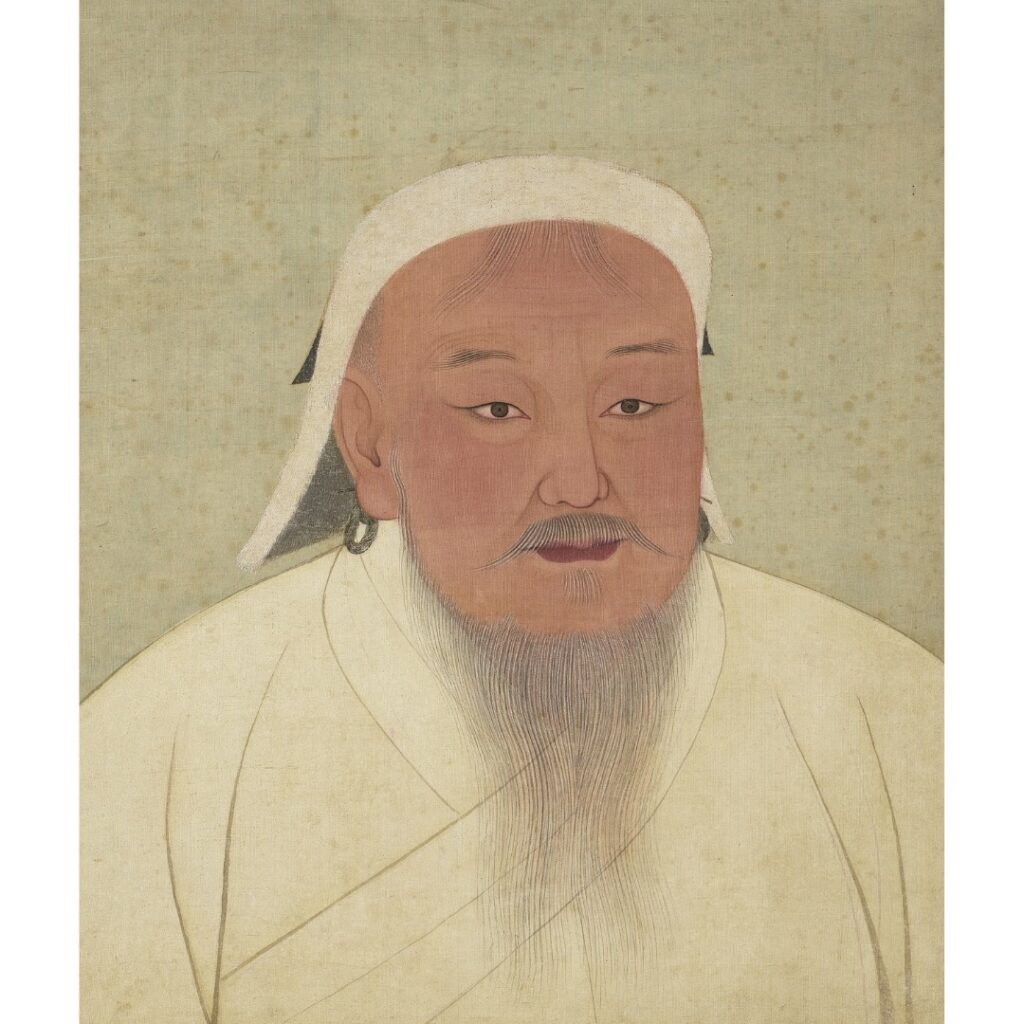
Early Mongol expeditions went westward, not southward. Many hypothetical explanations have been offered for this: the Himalayas were a barrier, Mongolian horses were unsuited to Indian terrain, there were too many Indian kings to fight, and so on. Actually, the Mongols did engage in the Indo-Mongol border in the south during the early stages of their empire. There were a few skirmishes, and some ransom extorted from weak Indian kings, but no major wars. The only exception was their capture of Kashmir around 1235. The Mongol focus shifted around the time the Khilji dynasty came to power in Delhi.
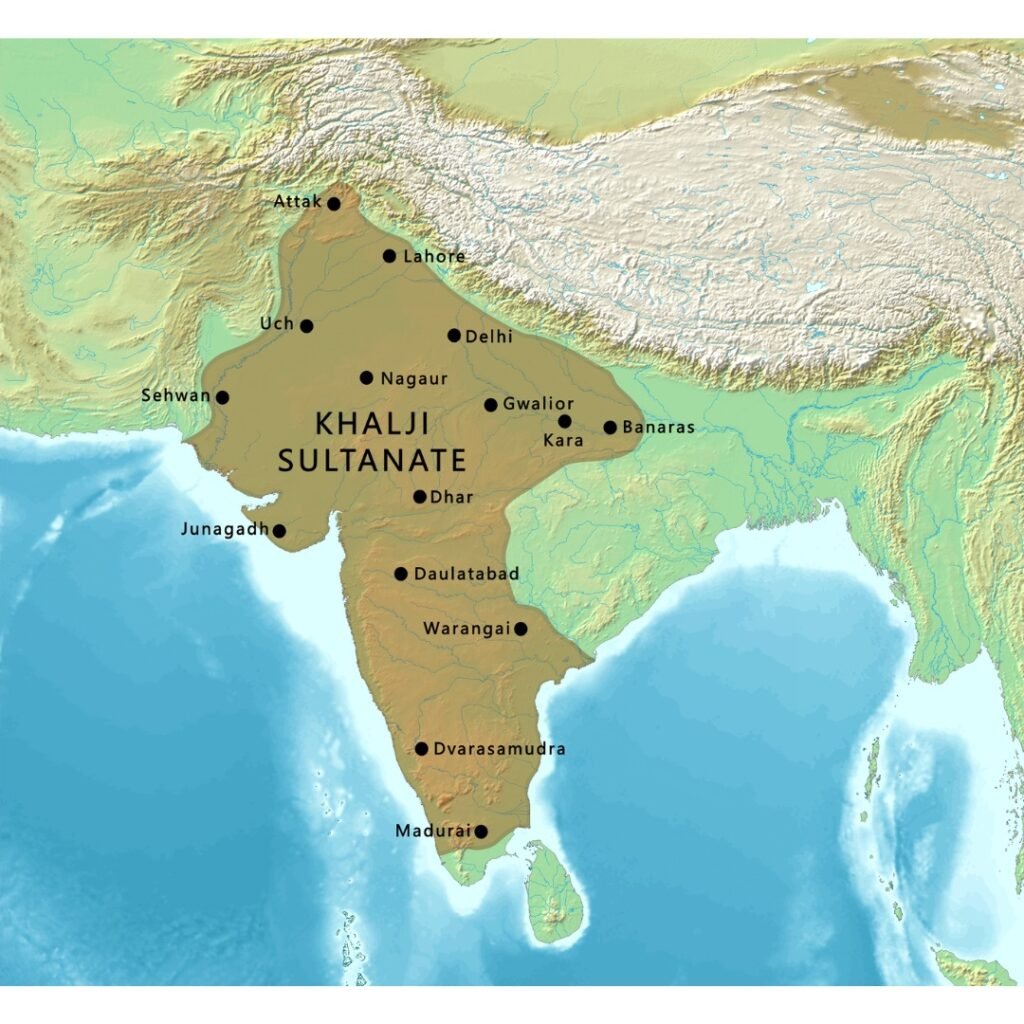
In 1292, the Mongol governor of Kashmir attacked the Delhi Sultanate. The Delhi sultan Jalaluddin Khilji defeated the Mongols, who promptly sued for peace. Jalaluddin took 4,000 Mongol prisoners, converted them to Islam and rehabilitated them in a Delhi suburb called Mughalpura. Jalaluddin thought he had secured peace, not realising that the Mongols were just testing the waters.
In 1296, Alauddin assassinated Jalaluddin and ascended the throne. Alauddin was no pacifist; he believed in an-eye-for-an-eye, and would take BOTH eyes if possible. His regime was more violent than anything the Mongols had seen before. They invaded India six times before that realisation dawned on them.
In the winter of 1297, the Mongols entered Punjab and began their looting and ravaging. Alauddin commanded his brother Ulugh Khan to crush them. Ulugh very quickly approached the Mongol camp near Jaran-Manjur through a series of forced marches. The Mongols were on the other side of the Sutlej river. The Delhi army forded the cold Sutlej without boats and surprised the enemy. They killed 20,000 enemies before the others fled. The wounded were beheaded and the survivors were brought to Delhi in chains. The prisoners were then publicly trampled to death by elephants. A clear message to anyone who wanted to mess with Alauddin! Apparently the Mongols missed that message.
Because, in 1298 they invaded Sindh and captured the Sivistan fort. Alauddin’s brother Ulugh was leading the Gujarat campaign, so Alauddin sent his young general Zafar Khan to handle the intruders. Zafar had no catapults or siege towers, so he led a headlong assault into the fort amidst a barrage of arrows. After intense hand-to-hand combat, Zafar captured the fort. Sindh was recovered through brute force.
In late 1299, the Mongol Khan realised that his enemy was formidable, so he dispatched a huge army under his own son, Qutlugh Khwaja. Qutlugh carefully avoided major engagements enroute and conserved his strength for capturing Delhi. There was panic in the Sultanate as citizens from surrounding areas rushed to Delhi for security. Supplies dwindled and prices shot up. Alauddin’s advisors asked him to save Delhi by paying a hefty ransom. Alauddin silenced them, saying that he would rather fight than incur a permanent loss of face. Time was short but he managed to raise a huge army, and his camp at Kili on the Yamuna banks stretched to many kilometres. He was, however, not entirely satisfied with his preparations, so he planned a waiting game that would tire the enemy. He was also hoping to get more reinforcements in the interim. He warned his generals not to attack without his express command, and that he would execute them if they disobeyed!
When the two armies faced each other, one unit of the Mongol army feinted a retreat. It was a trap! Most Delhi commanders did not budge, but General Zafar Khan (the hero of Sindh) fell for it. He led his division in pursuit (without waiting for Alauddin’s permission) and was surrounded. If they retreated now, they would be executed for disobedience by Alauddin anyway. So, they bravely fought to death, inflicting maximum damage.
Zafar’s death depressed the Delhi camp. Yet, surprisingly, the Mongols retreated without engaging after two days. One reason perhaps was that the Mongols were truly exhausted as Alauddin had rightly guessed. Another reason may have been that Qutlugh Khwaja was seriously wounded by Zafar’s men. In fact, he died on his return journey. Either way, Delhi was saved by Alauddin’s smart military tactics.
In 1303, Alauddin got busy fighting Chittor; another division of his army was busy invading Kakatiya. The Mongols chose the perfect time to attack Delhi. The Kakatiya campaign was a disaster, and that army could not return to Delhi in time. Other provincial armies were effectively halted by Mongolian roadblocks. However, Alauddin himself raced back to Delhi and entrenched himself in the nearly completed Siri Fort. Siri fort is surrounded on three sides by the Yamuna and the fourth side was heavily guarded. Alauddin’s defence was stubbornly resolute. The frustrated Mongols retreated after they could not penetrate even after trying for two months.
Detour: Watch this short video to know more about Alauddin Khilji’s conquests and his ambitious ways to celebrate his victories.
By now Alauddin understood the Mongols perfectly. He strengthened Siri fort and many forts on the Mongol route. He also implemented several economic reforms; they were supposedly for public welfare (which was true enough) but actually ensured that the government had enough revenue for maintaining a large army, and soldiers could buy provisions at cheap rates.
In 1305, the Mongols avoided the heavily fortified towns of Punjab and reached the town of Amroha in modern UP. Alauddin sent his Punjab general Malik Nayak, who not only defeated the Mongols, but also took about 9,000 prisoners. Most of them were probably killed in Delhi. According to legend, 8,000 Mongol heads were embedded in Siri Fort. Siri Fort translates to ‘Fort of Heads’!
Detour: What other monuments did Alauddin Khilji commission? Read more them in our blog – Alai Minar and Alai Darwaza: Aluddin Khilji’s Grand Designs.
The last Mongol attack came in 1306. This was one of the largest contingents, and Alauddin sent his most ruthless general, Malik Kafur to crush them. He offered a year’s salary as bonus if they brought victory. Indeed, Malik delivered victory. Some Mongol units fled as far as Rajasthan, but they were pursued and defeated. According to scholarly estimates, nearly 60,000 were killed. This time the Mongols had women and children accompanying them; unusually, their intention was not to loot but to capture and settle down. The women and children prisoners were sold as slaves.
There was a strange reversal of fortune after this. Khilji’s provincial troops began regular raids into Mongol settlements in Ghazni, Kabul, Kandahar and other towns.
Ultimately one domestic issue remained. Alauddin was always wary of coups* – after all, he himself had risen to power because of one. Remember, Jalaluddin (whom he had killed in a coup) had taken Mongol prisoners in 1292 and allowed them to settle in a Delhi suburb of Mughalpura? Alauddin particularly suspected their loyalty (with good reason). In 1311, his spies informed him that an assassination plot was being hatched in that colony. There were probably 100–200 conspirators, but Alauddin took no chances. His troops massacred over 20,000 Mongol immigrants in one day.
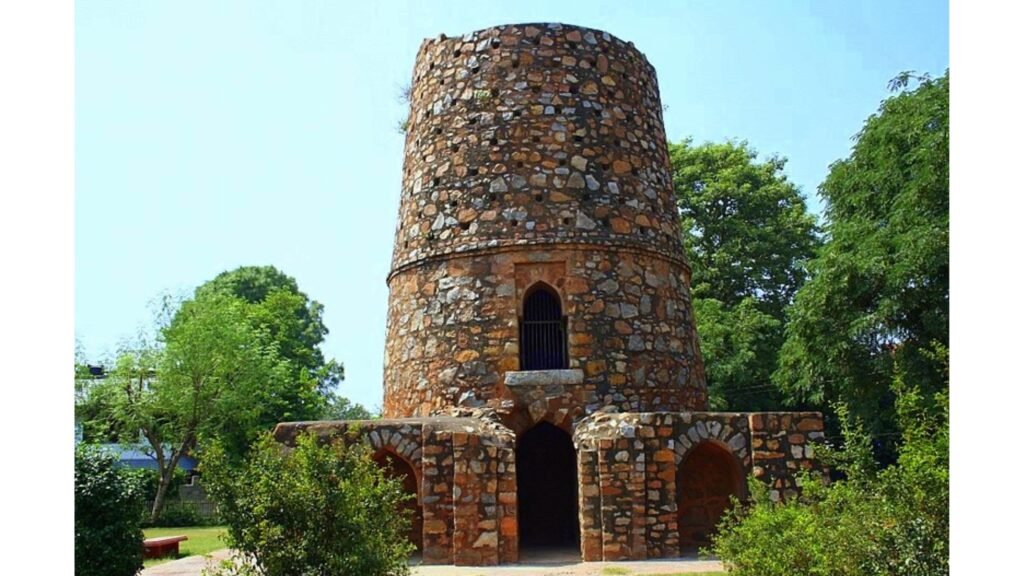
The Mongols never again disturbed Alauddin. They sent one major expedition to Delhi during Mohammed bin Tughlaq’s regime in 1327. Tughlaq paid a ransom and sent them away. The Mongols gradually lost power after that. The turning point in Indian history though was Alauddin’s resolute defence.
